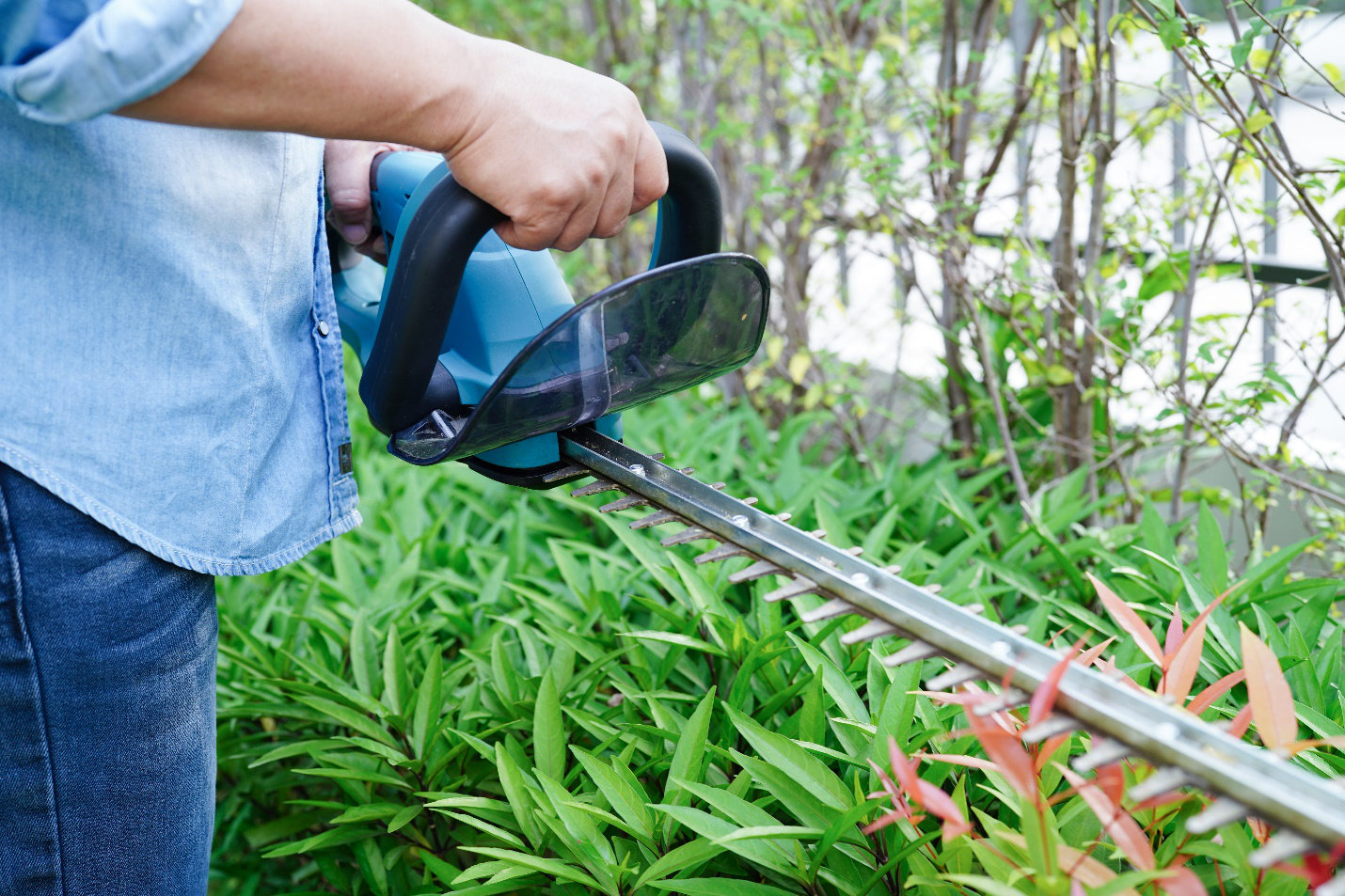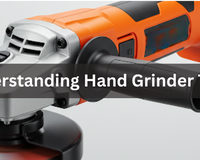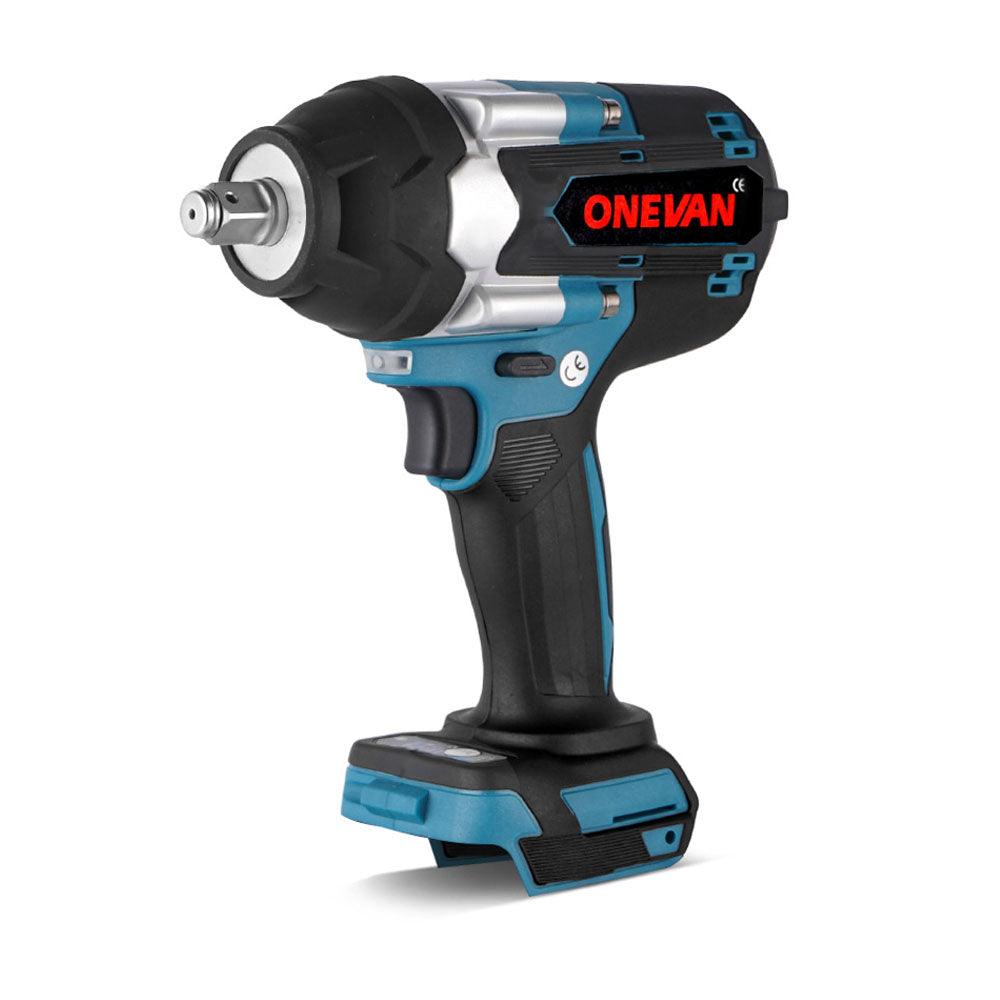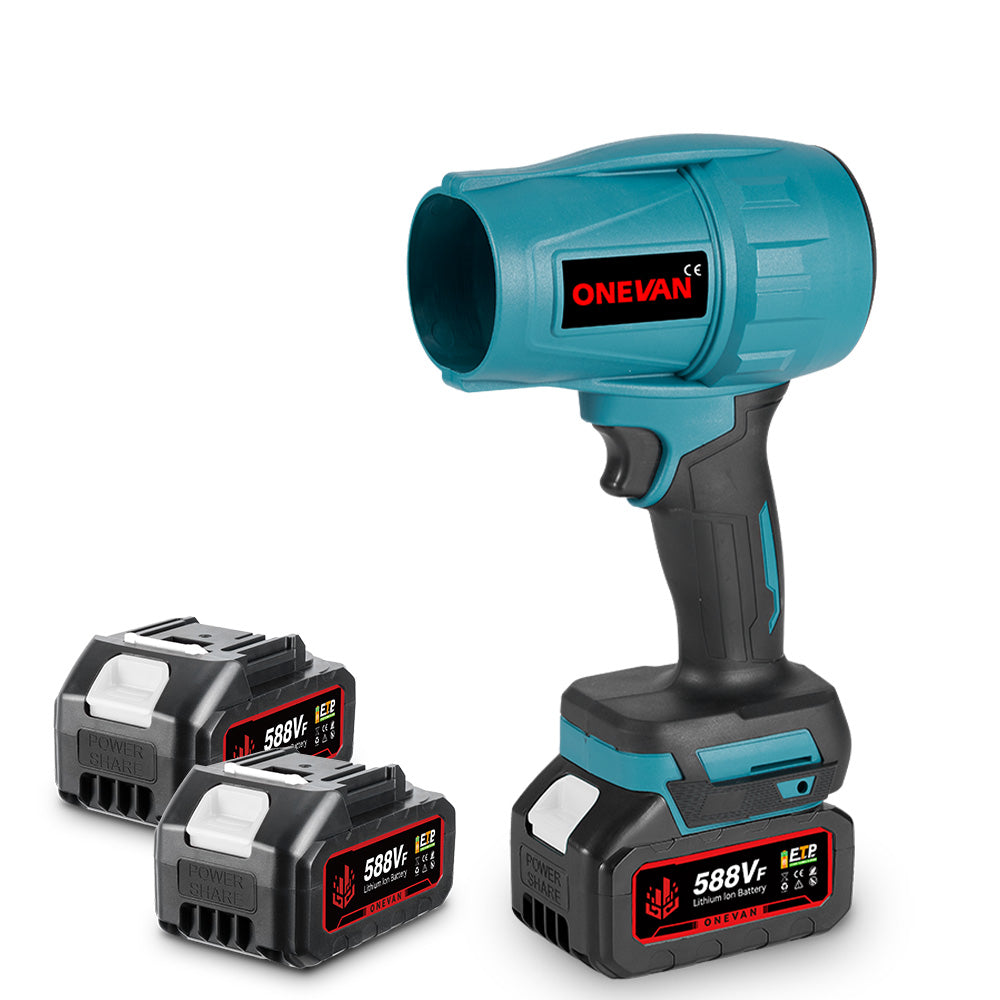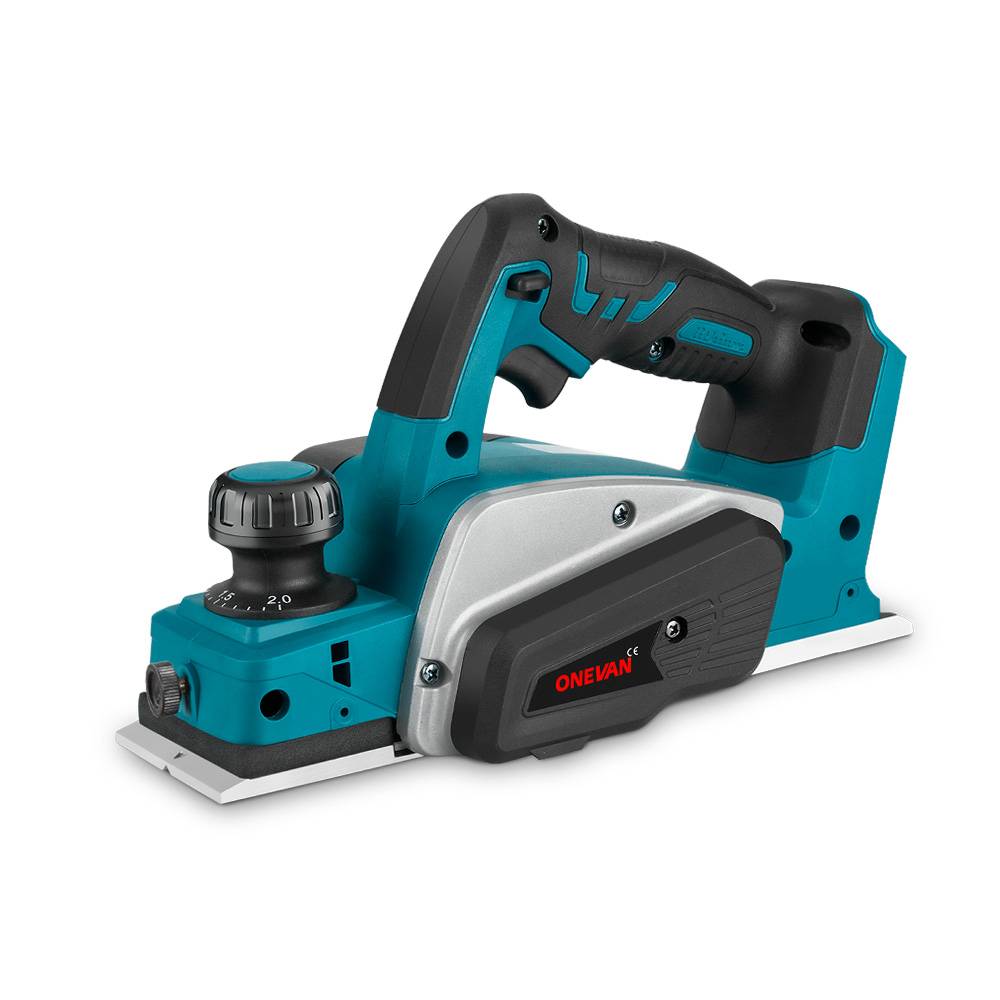If you want to keep your garden clean and healthy, then hedge trimming is one of the most important tasks for a homeowner. Routine trimming improves the look of your yard and can help care for plant health and growth, facilitate privacy, and enhance home security. This comprehensive guide covers the reasons for trimming hedges, when to trim hedges, types of hedge trimmers available, and tools needed, then gives you step-by-step directions on how to master creating a perfect-looking hedge.
1. Benefits of Trimming Hedges
Promotes Healthy Growth
Regularly trimming hedges helps encourage new growth. Basically, trimming a hedge by cutting away old and dead branches allows the plant to produce new shoots. This keeps the hedge looking robust and complete and significantly reduces several diseases that could arise in stale or overgrown areas. Regular trimming, in addition to keeping your hedge looking neat, allows light and nutrients to be absorbed throughout the plant, which is crucial for growth.
Enhances Aesthetic Appeal
A well-maintained hedge can skyrocket your garden's beauty. Trimming helps you mold the hedge into any shape: a traditional, well-groomed (formal) cut or an informal, natural look. Regular trimming ensures that the hedge does not get overgrown and becomes an eyesore in your garden, which is intended to be a beautiful haven.
Increases Sunlight and Airflow
Sunlight penetration and air circulation are some of the most important advantages for a gardener when trimming hedges. Tall hedges can block sunlight from the lower branches and adjacent plantings, reducing growth vigor or increasing disease susceptibility. Regular trimming helps light reach all parts of the plant, promoting new growth and preventing mildew caused by moisture buildup.
Improves Security and Privacy
Well-kept hedges provide security and Privacy to Your Home. An overgrown, bushy hedge acts as another wall of sorts since it can deter intruders and add a touch more privacy. By keeping the hedge to a suitable level, you can smile at your neighbors while sitting in the sun, perfect privacy but with the added element of being able to see what is going on around just that bit easier.
Reduces Pests and Diseases
Regularly trimming the hedge can help protect against pests and diseases. Hedges that are allowed to become overgrown or unhealthy can serve as harbourage for insects, pests, and rodents, which in turn could cause the plant to die off resulting from damage attributed to disease infestation. Pruning removes dead or weak branches, which will help deter pests and improve the general health of your hedge.
2. When To Cut Your Hedge
Signs That Your Hedge Needs Trimming
Here are a few signs that your hedge needs pruning. Knowing what those signs are early may help you preserve its appearance and well-being.
- Uneven Growth: If one area of the hedge grows faster than others, it may be time to prune so that all sections maintain a uniform appearance.
- Overgrown Branches: Cut that excess growth if the branches reach beyond how you want them or if they hang too low over a path.
- Dead or Dying Branches: Make sure you cut these away straight, as any leftovers will dry out and attract disease to the healthy parts of your hedge.
- Reduced Density: If your hedge looks thin or sparse, it could promote new growth and increase density.
- Pest Infestation: Signs of pests such as insects or rodents; trimming can reduce infested limbs and prevent pests from spreading.
- Flowers Sparse or Stopped: If your hedge has stopped flowering, it may be time to break out the clippers and give things a good spruce.
- Interference with Other Plants or Objects: Hedges encroaching on other plants or structures should be trimmed to avoid damage.
- Seasonal Changes: Remember the season and requirements of your hedge when planning your trimming schedule.
Spring Trimming
Trim your hedges in spring, when new growth is about to start. This is the time of year when plants are about to break dormancy and kick off months of dedicated growth. An early spring trim enables you to sculpt the hedge as it starts growing, keeping your borders neat and tidy all year long. Deciduous hedges should be pruned before new leaves develop, and with evergreen hedges, it is possible to wait a little bit for this to happen.
Summer Trimming
When a laurel hedge grows new shoots, it requires light pruning to maintain its shape without disturbing its flowering cycle. This is particularly crucial for flowering hedges; severe pruning at this time can remove flower buds, resulting in fewer blooms. Be careful not to over-prune during this season to ensure the hedge maintains its health and flowering potential. Let me show you where to prune some of those spindly, overgrown branches so they can be reshaped into uniformity while maintaining their general health.
Fall Trimming
Fall pruning is about getting your hedge ready for winter. Now is the season to remove any broken or weak limbs that could buckle under all the snow and icy rainfall. Be careful not to prune too late into the season, as the hedge may then be affected by frost. Fall trimming should be done before the first frost, guaranteeing a powerful hedge that is ready for winter conditions.
Winter Trimming
Some hedges, specifically the ones that go dormant in winter, can be sculpted during this season. Deciduous hedges are best trimmed in winter after the leaves have all fallen. This enables you to see what you are doing and, therefore, cut more accurately. Do not trim on extremely cold days because you can also get frost, which may damage the freshly cut branches. The hedge needs that time to recover — until the growing season returns in spring.
3. Types of Hedge Trimmers
Hand Shears
Hand shears are the classic tool for hedge trimming. They are appealing and often effective for various types. They are perfect for small hedges or intricate detail work that requires you to shape the hedge gradually. Though lighter hand shears are more laborious and time-consuming to use, they offer unsurpassed precision, making them the choice for fussy gardeners.
Petrol Hedge Trimmer
Petrol hedge trimmers can be used to cut back even the largest hedges or those with a lot of woody growth. They supply the power for slicing thick branches, typically with a corded design. They offer more power and are cheaper upfront, while emitting significantly more emissions compared to battery-powered models.
Electric Hedge Trimmer (Corded)
Electric hedge trimmers are lightweight, quiet, and easier to handle than their petrol counterparts. The main downside is the power cord, which can limit mobility and requires a nearby socket. Be careful not to run over the cord while using it. Even so, electric trimmers are effective, not to mention they involve less maintenance than petrol-driven ones.
Battery Powered Hedge Trimmer (Cordless)
Battery-powered hedge trimmers offer the maneuverability of petrol models with the convenience of electric power. They are lightweight, quiet, and perfect for the average home garden. The main issue is battery life; choose a model with enough charge to complete your trimming tasks without frequent recharging.
4. Choosing the Right Hedge Trimmer for Your Needs
Selecting the right hedge trimmer depends on various factors, including hedge size, plant type, physical strength, and budget. Here's a quick comparison to help you decide:
|
Type |
Power |
Weight |
Mobility |
Maintenance |
Best For |
|
Hand Shears |
Manual |
Light |
Unlimited |
Low |
Small hedges, detailed work |
|
Petrol Hedge Trimmer |
High |
Heavy |
Unlimited |
High |
Large, dense hedges |
|
Electric Hedge Trimmer |
Medium |
Moderate |
Limited by cord |
Low |
Medium-sized gardens |
|
Battery Powered Trimmer |
Medium-High |
Light |
Unlimited |
Low |
Most home gardens |
A battery-powered hedge trimmer is ideal for most homeowners due to its balance of power, mobility, and ease of use. The ONEVAN Cordless Hedge Trimmer offers excellent performance with the added convenience of cordless operation, making it perfect for various home gardening tasks.
Additionally, the ONEVAN Brushless Hedge Trimmer provides robust cutting power for those with larger or denser hedges. At the same time, the Onevan ONEVAN 2 In 1 Hedge Trimmer is a reliable choice for those who prefer a consistent power source.
These cordless power tools ensure your hedges are always perfectly trimmed, whether you're tackling a small garden or a more extensive landscape.
5. Tools You Need to Trim a Hedge
Protective Gear
Safety is paramount when trimming hedges. Must have protective equipment, including:
- Gloves: Thorns and sharp branches will stab your hands if you aren't wearing gloves.
- Goggles: Protect your eyes from flying particles
- Ear Protection: Required when using loud power tools that could cause hearing damage.
- Sturdy Footwear: Provides traction in muddy conditions and reduces the risk of slipping.
Essential Tools
Here are the tools to use for hedge trimming that you will be needing:
- Ladders: To reach higher sections safely.
- Pruning Saws: Used for cutting larger branches
- Hedge Trimmers: The ideal selection involves getting the proper type. For a hedge trimmer, your size preferences will direct you towards picking a petrol or electric-powered choice.
- String Line: This makes the top cut straight and clean.
Cleanup Tools
Post-trimming cleanup is vital for maintaining a tidy garden:
- Rakes: Gather trimmings efficiently.
- Tarps: Place under the hedge to collect falling debris, making cleanup easier.
- Waste Bags: These are for easy disposal of trimmings and branches.
6. Step-by-Step Guide to Trim a Hedge
Step 1: Assess Your Hedge
First, assess the general state of health and shape of your hedge before beginning. Good places to start are uneven growth, overgrowth, and dead branches that must be trimmed. This first assessment will determine your trimming plan.
Step 2: Prepare For Trimming
Collect all the tools you need and a face mask. Ensure your hedge trimmer is in good working order and the blades are sharp. Make sure to wear gloves when handling high-risk parts like blades and cartridges. Additionally, wear goggles and ear protection.
Step 3: Cut The Sides First
Start by cutting the sides of the hedge. Trim from the bottom up in graduated angles to achieve a tapered look with clipper blades. This permits sunlight to penetrate all parts of the hedge, encouraging growth on an even level.
Step 4: Use A String Line To Get A Neat Top
Use a string line to ensure the top is straight and even. Nail this guide strip to where you want the hedge and use it as a guideline when clipping. This guarantees minimal effort and a professional-looking finish.
Step 5: Regularly Check Your Progress
Step back occasionally to assess the symmetry and pattern of your hedge. Trim accordingly to keep the balance and ensure both sides are even.
Step 6: Clear Away Trimmings
When the Trim is done, address those clippings right away! Disposing of the clutter will keep it from becoming a magnet for pests and clean up your garden. Rake and bag the clippings.
7. Conclusion
Regular hedge trimming is essential for maintaining a pristine garden. Understanding the benefits and proper techniques for trimming will help you keep your landscape in excellent condition. Following these maintenance tips will ensure that your hedges are well maintained all year long, whether you are using hand shears or a cordless hedge trimmer.
8. FAQ
1. What should I do if I accidentally damage my hedge while trimming?
If you cut too much or hurt your hedge, don't worry. Concentrate on cutting evenly around the damaged region, and be careful not to trim deeper than necessary into healthy portions. The hedge will eventually come back to life with some time and care.
2. Is there a specific technique for trimming different types of hedges?
Yes, different hedges call for differing tactics. Flowering hedges like roses should be pruned post-flower, while evergreens can be clipped any day of the year. Before you start cutting, research the specific requirements of your hedge variety.
3. How can I maintain my hedge between trims?
Prune out all dead branches, prevent weeds at the base, and water during dry spells. A little light pruning in between the big trims will keep it looking neat and fancy-free and help promote new growth.
SEO Tags: hedge trimming, garden maintenance, landscaping, DIY, gardening tips, hedge care, pruning techniques, home improvement, outdoor living, plant care

